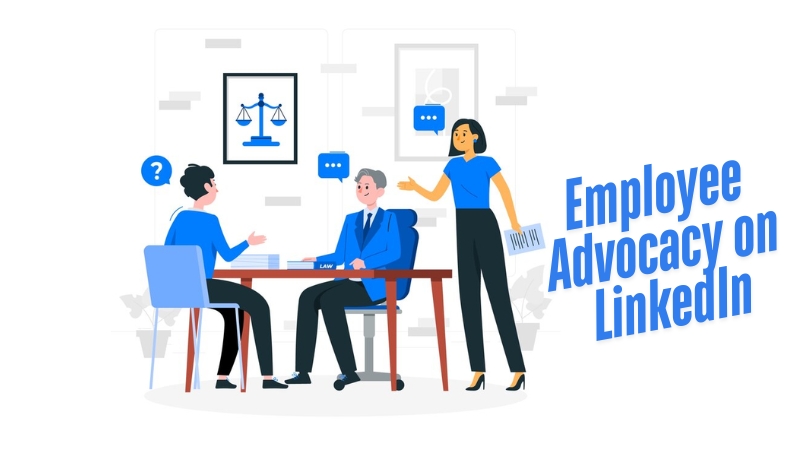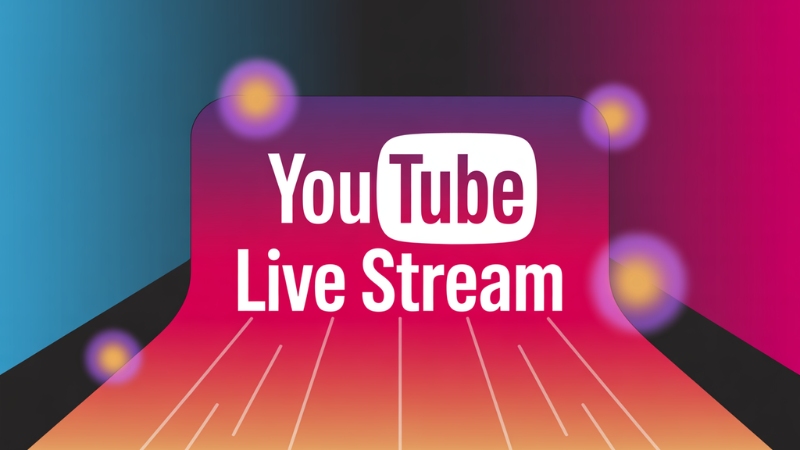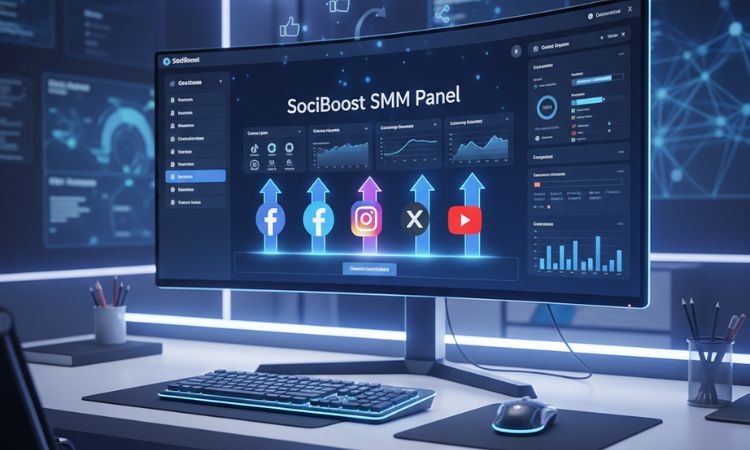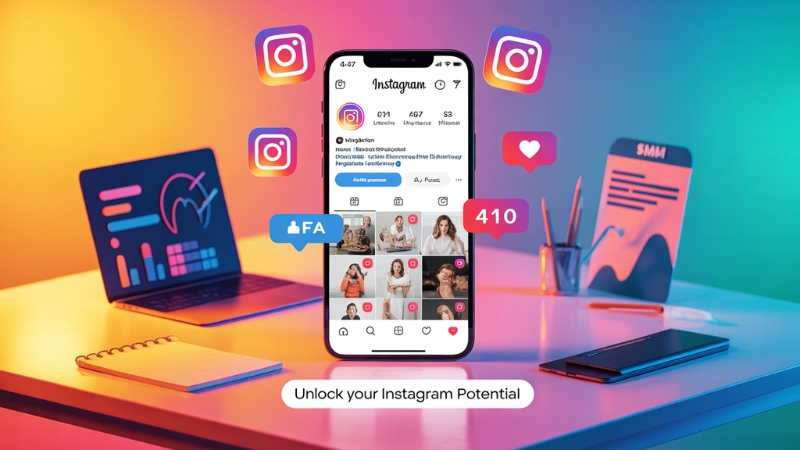Harnessing Employee Advocacy on LinkedIn: Expanding Your Brand's Reach
LinkedIn is no longer just a landscape for people who are seeking jobs and recruiters. It has moved forward into a strong tool for brands to maximize their reach and build credibility.
With more than 930 million users across the world, LinkedIn has become the go-to platform for professional networking and thought leadership.
But how do you tap into its full potential without tiring out your market budget? The straightforward answer is employee advocacy. By leveraging the power of your employees to share your brand’s message authentically, you can reach new audiences, increase reliability, and drive meaningful engagement.
In this guide, we will walk through the process of harnessing employee advocacy on LinkedIn to expand your brand’s reach and some other essentials related to this topic.
Content Summary
Why Employee Advocacy Matters on LinkedIn
Employee advocacy strengthens your team’s personal LinkedIn networks to boost your brand’s message. Here are the key reasons why it’s so powerful:
- Wider reach: Generally, employees have 10x more connections than a company page, and they allow your content to reach a wider audience. Think of the ascending growth in visibility if just a few of your employees share your posts.
- Higher trust: People believe content shared by individuals more than content shared by a brand page. Employees add an extra layer of authenticity to your messaging, and it might be essential for building trustworthiness.
- Cost-effective: Different from paid ads, employee advocacy depends on organic sharing and making it an affordable strategy that provides notable ROI.
Consider this: If just 20 employees share your latest post, it could reach thousands of professionals who may not have linked with your brand otherwise. This organic reach both creates brand awareness and promotes engagement and conversions.
Steps of Harnessing Employee Advocacy on LinkedIn
Let’s explore some notable steps that you can follow if you want to amplify your brand’s reach using employee advocacy on LinkedIn:
1. Building an Employee Advocacy program
Building a successful employee advocacy program needs solid planning and execution. Let’s see how to get started:
- Define your goal and objective: Are you planning to increase brand awareness, drive website traffic, or generate more leads? Determine measurable targets to track success and make sure to associate them with your overall marketing strategy.
- Identify advocates within your team: Look for employees who are active on LinkedIn and passionate about your brand. These could be team members from any department of your company, like marketing, sales, customer service, or any other with a huge interest in the brand’s success. Encourage participation in all departments to expand the content and reach. A mix of voices and approaches makes your brand messaging more engaging.
-
Provide training and resources: Lead workshops on LinkedIn best practices, like
crafting engaging posts using hashtags properly and optimizing profiles.
Share content guidelines, including tones and branding, along with all the types of posts employees can share. Inspire their creativity by giving examples of successful posts.
Equip your team with tools such as pre-approved content libraries or social media scheduling apps to make the sharing process easy and simple.
2. Creating shareable content for advocacy
The success of your advocacy program relies on the quality of the content you offer. Focus on creating:
- Engaging company updates: Share inspiring news, product launches, or upcoming events that employees can proudly share with their networks.
- Employee spotlights: Highlight each single achievement and milestone to make employees feel valued.
- Industry insights: Curate and share topic-related news and thought leadership with trends to establish your brand as an industry leader.
Pro tip: Use top-notch visuals and summarize copy to hold attention and encourage shares. Infographics, as well as videos and eye-catching images, are expected to perform better on LinkedIn.
3. Encouraging authentic and personalized sharing
Authenticity is the key to successful advocacy. Encourage your employees to:
- Add personal intellect to their posts rather than resharing content. For example, they can share the reason behind their proudly working for the company or how they contribute to a project.
- Share the way they contribute to the brand’s mission or culture and make their posts more trustworthy and engaging.
- Use their authentic voice to connect with their networks accurately and avoid overly corporate and sales-centric words or language.
This effort both increases engagement and makes the connection powerful between employees and the brand.
4. Leveraging LinkedIn features for employee advocacy
Utilize LinkedIn’s features and expand the impact of employee advocacy:
- LinkedIn groups: Motivate employees to take part in relevant groups where you can get an active audience base. Sharing insights and taking part in discussions may establish not only the employee but also the brand as thought leaders.
- Hashtags and mentions: Train your employees to use branded hashtags and tag your company’s LinkedIn page in their posts. This approach helps merge the messaging and enhances discoverability.
- Engagement: Inspire employees to like, comment on, and share each other’s posts. This effort makes a snowball effect and increases visibility as well as reach for everyone connected to the project.
5. Measuring the impact of employee advocacy
Monitor the effectiveness of your advocacy program with these metrics:
- Reach: Observe how many users view your employees’ posts. LinkedIn analytics gives insights into post impressions and demographics.
- Engagement: Keep an eye on likes, comments, and shares to measure audience interaction. High engagement reflects that your content resonates with the audience.
- Traffic and leads: Use UTM parameters to monitor website visits and conversions from advocacy approaches. Tools like Google Analytics may guide you to detect the traffic source.
Consider tools like LinkedIn analytics or platforms like Hootsuite and Sprout Social to run reporting and optimization smoothly. Reviewing these metrics on a regular basis will help you understand what’s working and where to improve.
Successful Examples of Employee Advocacy
Microsoft
Microsoft’s employee advocacy program motivates its team to share their experience and personal stories. They’ve both leveraged their brand’s reach and humanized it by doing so. This strategy has helped the brand build reliability and drive deeper connections with its audience.
Starbucks
Starbucks empowers its baristas to share stories about their work culture and experiences with customers. The result? A relatable and unique brand image that resonates with audiences across the world. Their program showcases how employee stories can strengthen brand loyalty and attract new customers.
Learn how to elevate your social media marketing efforts by checking out our article on Proven Tips to Skyrocket Your SMM Panel with LinkedIn.
Challenges and How to Overcome Them
Undoubtedly, employee advocacy is powerful, but it’s not without challenges:
-
Lack of participation: Not all employees may feel comfortable sharing posts on
LinkedIn.
Solution: Train employees and make a supportive culture for them. Give incentives like recognition or rewards for active participants. -
Content misalignment: Employees might share off-brand or irrelevant content.
Solution: Provide clear guidelines and pre-approved content to make sure of consistency. -
Consistency: Advocacy efforts may expire gradually.
Solution: Update your program regularly with fresh content and hold monthly check-ins as well as celebrate success stories to maintain encouragement.
Final Verdict
Employee advocacy on LinkedIn is an unsung hero for brands seeking to maximize their reach and build credibility. You can create a splash effect of unique brand storytelling by empowering your team with the right tools, training, and resources. It’s not just about marketing; it’s about building a community that genuinely assists you in harnessing employee advocacy on LinkedIn to expand your brand’s reach and believe in your mission.





